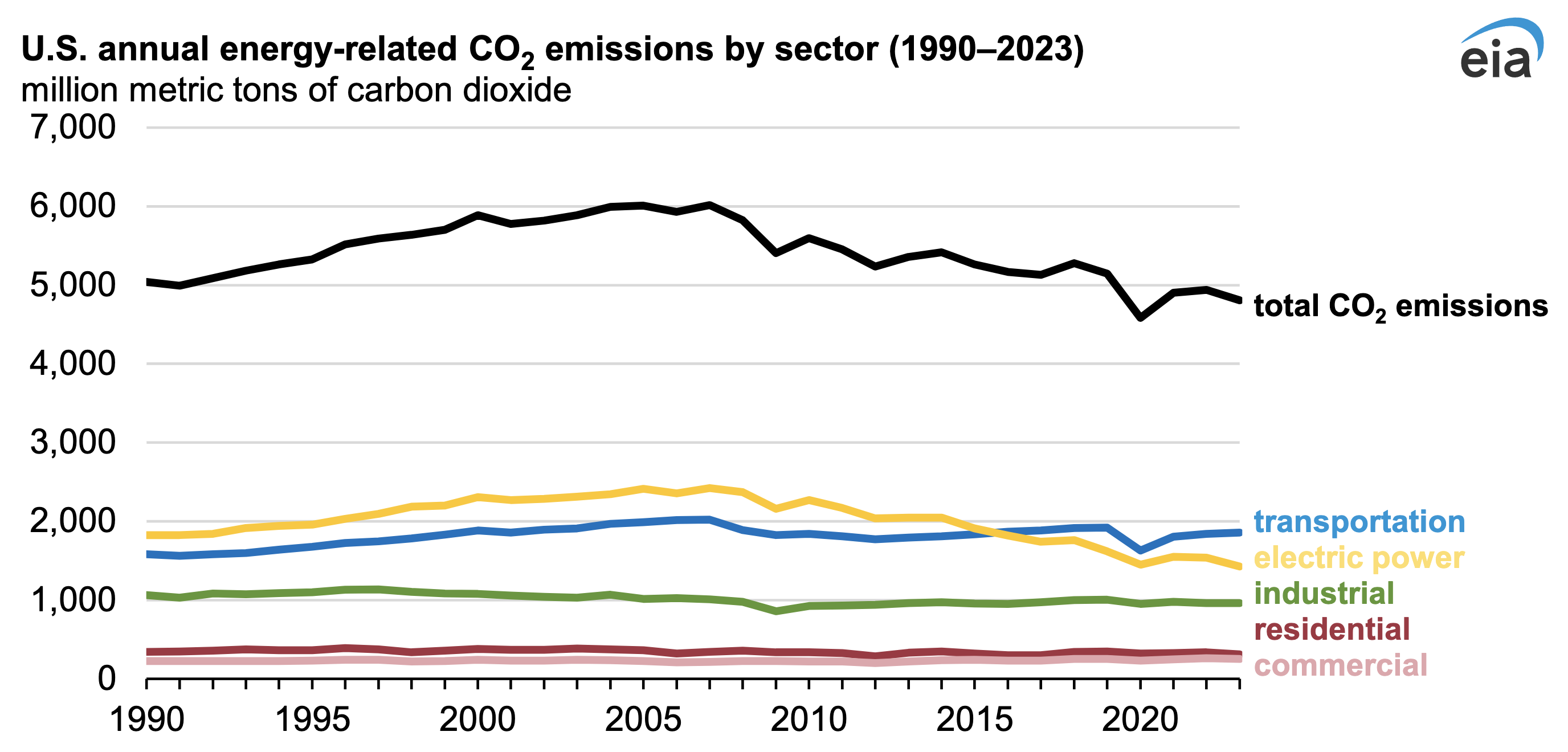
In support of the Biden-Harris administration’s goal of deploying 30 gigawatts of offshore wind energy capacity by 2030, the Bureau of Ocean Energy Management (BOEM) has completed its environmental review of the proposed Empire Wind Farm Project offshore New York, which BOEM estimates could power more than 700,000 homes with clean renewable energy.
“BOEM is doing its part to meet the Administration’s ambitious energy goals – while remaining diligent in our efforts to avoid, minimize, and mitigate impacts to ocean users and the marine environment,” said BOEM Director Elizabeth Klein. “We value the feedback we have received from Tribal Nations, local community members, commercial fishing interests, and other ocean users in our process.”
Empire Wind, LLC, proposes to construct two offshore wind projects, known as Empire Wind 1 and Empire Wind 2, in its lease area located about 12 nautical miles (nm) south of Long Island, New York, and about 16.9 nm east of Long Branch, New Jersey. The two projects will be electrically isolated and independent from each other.
The company proposes to construct up to 57 wind turbines for Empire Wind 1 and up to 90 wind turbines for Empire Wind 2, as well as up to two offshore substations with two cable routes connecting to the onshore electrical grid on Long Island. Together, the projects are expected to generate up to 2,076-megawatts of clean, renewable energy.
A Notice of Availability will publish in the Federal Register on Sept. 15, 2023, for the proposed project’s final Environmental Impact Statement (EIS). The final EIS analyzes the potential environmental impacts of the activities laid out in Empire Wind, LLC’s Construction and Operations Plan. The final EIS is available on BOEM’s website.
On Nov. 14, 2022, BOEM published a draft EIS, initiating a 60-day public comment period, which closed on Jan. 17, 2023. BOEM also held three virtual public meetings to solicit additional feedback on the draft EIS from Tribal Nations, local community members, commercial fishing interests, and other ocean users. BOEM received a total of 180 comments from Tribal Nations; Federal, state, and local government agencies; non-governmental organizations; and the public during the comment period.
BOEM considered these comments and stakeholders’ feedback when developing the final EIS. BOEM plans to issue a Record of Decision on whether to approve the project, and if so, identify conditions of approval, this fall.
Courtesy of The Bureau of Ocean Energy Management (BOEM).
The Department of the Interior’s Bureau of Ocean Energy Management (BOEM) is responsible for America’s offshore energy and mineral resources. The bureau promotes energy independence, environmental protection and economic development through responsible, science-based management of energy and mineral resources on the U.S. Outer Continental Shelf.
I don’t like paywalls. You don’t like paywalls. Who likes paywalls? Here at CleanTechnica, we implemented a limited paywall for a while, but it always felt wrong — and it was always tough to decide what we should put behind there. In theory, your most exclusive and best content goes behind a paywall. But then fewer people read it! We just don’t like paywalls, and so we’ve decided to ditch ours. Unfortunately, the media business is still a tough, cut-throat business with tiny margins. It’s a never-ending Olympic challenge to stay above water or even perhaps — gasp — grow. So …




